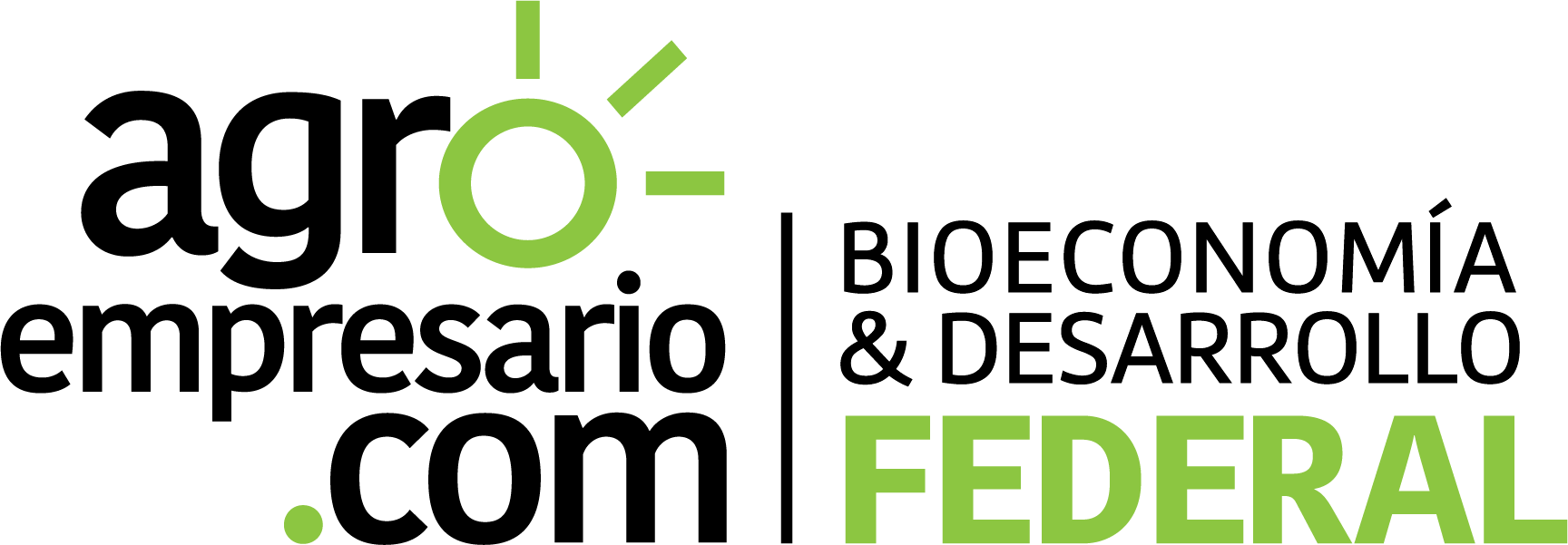
By Agroempresario.com
In a groundbreaking move toward more efficient and sustainable agriculture, New Zealand-based startup Scentian Bio is leveraging AI-powered biosensor technology—inspired by the olfactory systems of insects—to help the world’s largest kiwifruit marketer, Zespri, optimize its harvest timing.
The pilot project, backed by the Zespri Innovation Fund (ZAG), could redefine how fruit maturity is assessed, shifting away from traditional methods like Brix and dry matter testing, and toward real-time, non-invasive analysis of volatile organic compounds (VOCs) directly in the field.
Founded in 2021 as a spin-out from The New Zealand Institute for Plant and Food Research, Scentian Bio has developed biosensors that mimic the way insects detect odors. These biosensors are built using patented technology developed by Dr. Andrew Králíček, and they promise unprecedented sensitivity to VOCs—natural chemical compounds emitted by fruits as they ripen.
By deploying these biosensors, Scentian Bio is now helping Zespri, which works with over 4,000 growers worldwide, determine the precise point of optimal ripeness for kiwifruit. This not only improves storage and shipping outcomes but also ensures consumers receive fruit with the best possible taste and texture.
According to Jonathan Good, CEO of Scentian Bio, "If you can optimize the harvest timing, you can make sure that there is more fruit at higher grades, which store better and last longer."

In nature, insects use a complex system of olfactory receptors to detect VOCs in their environment. These proteins can identify millions of chemical signatures, allowing them to find food, mates, and avoid danger. Scentian Bio has harnessed this natural mechanism by expressing insect olfactory receptors in insect cell lines, purifying them, and embedding them into artificial membranes to create ultra-sensitive biosensors.
“Right now, fruit maturity is gauged using sugar (Brix) and dry matter tests, which require sending samples to labs,” explained Good. “But these are only proxies. What really determines how fruit ripens and tastes are the volatile compounds it emits.”
By analyzing the unique VOC profile of ripening kiwifruit, the biosensors can pinpoint exactly when a fruit should be harvested, ensuring maximum quality and shelf life. Unlike traditional lab-based testing, these biosensors offer real-time, in-field results.
The real innovation lies in Scentian’s use of AI to interpret complex VOC patterns. With a growing database of insect receptors and their corresponding chemical ligands, Scentian Bio’s predictive model simulates receptor-ligand interactions, allowing it to identify the right receptors for specific VOCs.
"In the case of kiwifruit, we already know many of the signature compounds associated with maturity,” said Dr. Králíček. “Using our AI model, we can identify the exact receptor for each compound and assemble a panel of sensors that provide a full maturity profile.”
Currently, the analysis is run via laptop, but Scentian Bio is working toward full mobile integration, meaning future farmers will be able to scan fruit in the orchard using a hand-held device and receive instant feedback on optimal harvest timing.
For Zespri, this pilot is a potential game-changer. As the world's top kiwifruit marketer, the ability to optimize harvest timing on a global scale can have significant implications for profitability, waste reduction, and customer satisfaction.
“Picking fruit just a little early or late can dramatically change how it ripens, how long it lasts, and how it tastes,” said Good. “With our tech, Zespri can move away from outdated proxies and base decisions on metabolic biomarkers.”
Additionally, these sensors can track VOC changes across the supply chain, giving real-time feedback on how fruit is faring during storage and transit. This insight can inform decisions on when to sell or accelerate distribution, ultimately reducing food waste and improving supply chain efficiency.
“There are things that even the human eye or lab equipment can’t detect,” added Good. “But smell—especially the way insects smell—gives it away. That’s what we’re tapping into.”

While the kiwifruit project is the first major commercial application of Scentian Bio’s technology, the company is already working on pilots with five other global food companies. These applications span fruit, vegetables, and other perishable goods.
Moreover, the potential applications go far beyond agriculture. Scentian Bio has secured a grant from the Gates Foundation to develop a biosensor prototype for infectious diseases, including tuberculosis and malaria. The company is also exploring applications in pest detection, by identifying insect pheromones early, and in environmental monitoring.
“A single fly uses about 45 receptors to distinguish millions of different VOCs,” said Dr. Králíček. “It’s like a combinatorial fingerprint. Our goal is to replicate this complexity and apply it wherever volatile organic compounds offer critical information.”
Scentian Bio represents a fusion of biotechnology, artificial intelligence, and agritech—sectors that are increasingly overlapping as the world seeks climate-resilient, data-driven, and sustainable solutions for food production.
As food companies and growers face increasing pressure to deliver high-quality produce with minimal waste and maximum efficiency, tools like Scentian’s biosensors will be instrumental in bridging the gap between biology and logistics.
“Our vision is a future where harvest decisions are made not with gut feelings or basic measurements, but with data-rich, real-time biosensing tools,” concluded Good. “That’s the kind of precision agriculture we’re building.”
